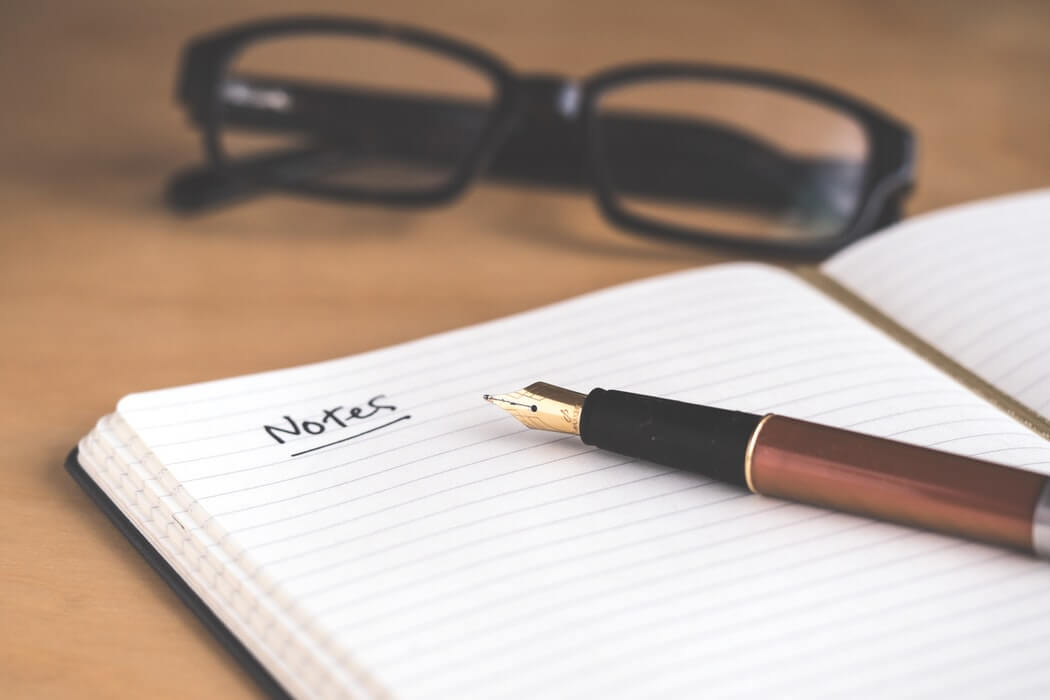A large portion of classroom time is spent in lecture making note-taking a fundamental part of learning. So, how should notes be used? Successful notes from the lecture are used to for further note-taking later, reference material for assignments, and preparing for exams. As one synthesizes new information in the form of note-taking, it should provoke questions and later discussion. It is best to start with the end in mind. Notes should be intentional and lead to further curiosity or understanding.
Keywords
During the lesson, keywords are paramount! Students should think about the ways their teacher emphasizes information. They may repeat the information or say, “A major reason why…” The teacher may slow his speech, become louder, or use gestures to make a point. If the teacher changes his pitch or tone, cue your brain to check into what he is saying. Changes in speech indicate emphasis. Often times, the introduction and closing portions of a lecture provide summaries of the main points.
Textbook
While reading a textbook, note-taking can be a challenge. Highlighting the text is appealing to some; however, it can also be distracting. Instead, test yourself on the knowledge you received from the text. After reading, jot down the title from each heading and recall the most important information from each heading. The supplemental reading will allow you to have the main ideas floating around in your mind prior to class. Connecting specific or detailed information is easier to do when you have an understanding of the main idea.
Good notes while conducting research can save time and energy if done correctly. Always include the bibliography, page number, and indicate if it is a direct quote or a paraphrase on your document. This a game-changer! Locating information quickly when starting to write will save precious time that could be spent formulating thoughts, connecting new ideas, or editing the paper.
Refresh and Make Connections
Now that all information is typically located in the online portal students can have the upper hand with a few tips and techniques. A quick glance at the title of the lesson is all that is needed to consider the information you already know about the topic. Prior to the lesson being taught, jot down 2-3 connection points to previous knowledge.
Many will say that the sweet spot for review is within 24 hours of the lecture. A student should block out time for a review onto his calendar. Use this time to review the notes from the previous lesson and consider what may be taught in the next lesson. Try predicting the content ahead of time and reflect back to see how close the predictions were to the content.
In the review time, pinpoint the places in the lecture things became fuzzy. A simple way to do this is make a summary of the notes in class. Fill in any information that is missing, identify questions that come up, and tidy up any information that is disorganized.
The KWL chart is a common tool for assessing knowledge before and after reading assignments. What do I already know? What do I want to gain from this material? What did I learn? The first two questions (know and want) should be answered prior to research.
Switching back and forth from writing and listening can be a challenge for students with poor working memory. However, the most important aspect of note-taking is re-engaging with the material at a later time! Academic coaches help students connect material to previous knowledge, identify keywords and phrases, and provide accountability for review. Filtering out nonsense, extraneous information, and distraction in the classroom is a feat for all students. For students that struggle to take clear, concise notes, we encourage reaching out to teachers or other forms of educational support to improve this necessary skill.





